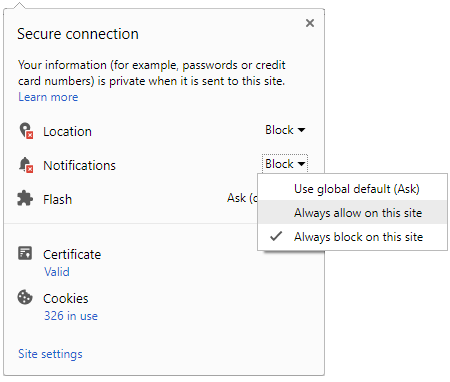Explained: How two COVID-19 shots, launched in India work
New Delhi, Jan 16: India on Saturday launched one of the world's biggest vaccination programmes with COVID vaccines manufactured in the country - one developed by Oxford University and AstraZeneca, the other by Bharat Biotech International with a state-run institute.

It is reportedly said that three crore health and other frontline workers, followed by about 27 crore older than 50 or considered high-risk would receive COVID-19 vaccine.
Covishield
Covishield is developed by the University of Oxford and British-Swedish pharmaceutical company AstraZeneca and manufactured by the Pune-based Serum Institute of India. This vaccine has emerged as the most promising vaccine for countries like India where cost and logistics are a significant consideration.
Unlike Moderna and Pfizer vaccines, which use a newer approach called mRNA making them more complex, fragile and require ultracold temperatures, Covishield is a vector vaccine which are slower but cheaper and importantly, can be kept stable for six months at standard refrigerator temperatures.
 Vaccine beneficiaries must rest for an hour, advises government
Vaccine beneficiaries must rest for an hour, advises government
The vaccine uses a weakened version of a common cold virus called an adenovirus that affects chimpanzees but it does not infect humans. It attaches to cells and injects DNA that tells them to make the coronavirus spike protein - the structures on the surface of the coronavirus, giving it that studded appearance.
This catches the attention of the immune system which recognizes it as foreign and builds up a defence to attack the real coronavirus when an actual infection occurs.
Covaxin
This vaccine is developed by Indian biotechnology company Bharat Biotech and country's top clinical research body Indian Council of Medical Research (ICMR). Covaxin is the second vaccine to have been approved by the government.
 COVID-19 vaccine: 31,700 health workers to be inoculated today, says UP Minister
COVID-19 vaccine: 31,700 health workers to be inoculated today, says UP Minister
It is reportedly said that this is an inactivated vaccine, meaning it uses whole, inactivated viruses that are injected to trigger an immune response.
These whole batches of coronavirus must be grown, "killed" using a chemical or heat and then made into a vaccine, making it a longer process. Chinese companies Sinovac and Sinpharm are also using the same technique for their coronavirus vaccines.




 Click it and Unblock the Notifications
Click it and Unblock the Notifications



































